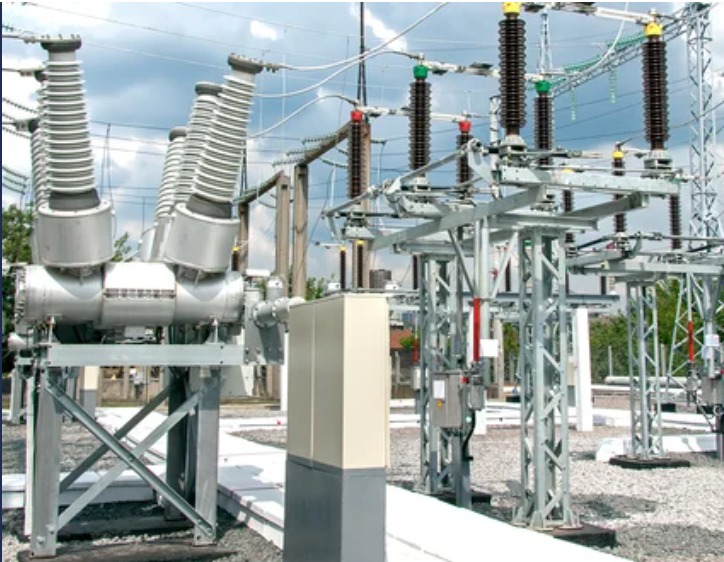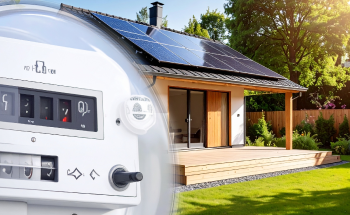9 Essential Best Practices for Successful DNP3 Protocol Integration
Shwetha Bhat February 12, 2025
Shwetha Bhat February 12, 2025

Integration of the DNP3 protocol with different field devices, such as PLCs and RTUs, requires careful planning for data acquisition and control in the SCADA system.
Following are some of the key best practices that most companies follow in this direction:
Field devices (PLCs, RTUs) shall use the DNP3 protocol along with the relevant standards of DNP3.0 and DNP3.0 with Secure Authentication and Key Management, respectively. Compatibility of the DNP3 implementation of the devices with the version in use by your SCADA system's master station shall be checked.
Clearly, map data points from field devices to the SCADA system. Define which data points, such as analog inputs, digital inputs/outputs, and status points, are to be communicated over DNP3. Data point naming conventions should be standardized to simplify configuration and troubleshooting.
Specify the topology-network star, ring, or mesh-along with the communication pathways, like Ethernet or serial, to ensure reliable and efficient data transfer from field devices to the SCADA master station. Also, note the redundancy and failover mechanisms in order to further improve system reliability-especially for critical applications.
The communications between field devices and the SCADA must be strongly supported in terms of authentication, encryption, and data integrity checks. Follow best security practices: keep firmware and software patches up to date on field devices to mitigate known vulnerabilities.
Optimize the polling rate for data and response times based on the operational needs of the SCADA system and field device capability. Allow appropriate configuration of timeouts and retries in order to handle communication failure or network disturbance effectively.
Employ broad error handling that detects and handles communication errors, device failures, and data inconsistencies. Turn logging and diagnostic functions on field devices and the SCADA system to easily perform troubleshooting and performance monitoring.
Interoperability testing shall be done between field devices and the SCADA system to validate the correct implementation of the DNP3 protocol in ensuring seamless integration. Perform operational tests in a wide array of different scenarios to ensure that performance, reliability, and data integrity meet user expectations for various kinds of field devices.
Document the integration process with configuration settings, data mappings, security configurations, and troubleshooting procedures. Training for personnel who shall be responsible for operating, maintaining, and supporting the integrated SCADA system, to ensure effective management and troubleshooting.
Design the integration framework in a way that it can adapt to any increase or upgrade in capabilities provided by the field devices and any further enhancements of the SCADA system. Plan compatibility with technologies and standards currently under development to future-proof the infrastructure of the SCADA system.
An organization can expect to successfully integrate the DNP3 protocol with varieties of field devices for data acquisition and control toward reliable operation, security, and scalability of its SCADA systems by following such recommendations.

July 25, 2025
The world energy scene is being revolutionized by the fast-paced increase of decentralized renewable energy sources like rooftop solar, wind microturbines, and energy storage in batteries. batteries. The driving force…
Know More
July 25, 2025
Smart metering has evolved significantly over the last two decades as it became a building block of modern energy management solutions. At the core of the evolution is the DLMS/COSEM…
Know More
July 25, 2025
As the energy sector undergoes rapid digital transformation, smart metering has emerged as a foundational technology in modern utility networks. By enabling real-time monitoring, automated billing, and remote disconnection, smart…
Know More